May 15, 2025 | 11:15 GMT +7
May 15, 2025 | 11:15 GMT +7
Hotline: 0913.378.918
May 15, 2025 | 11:15 GMT +7
Hotline: 0913.378.918
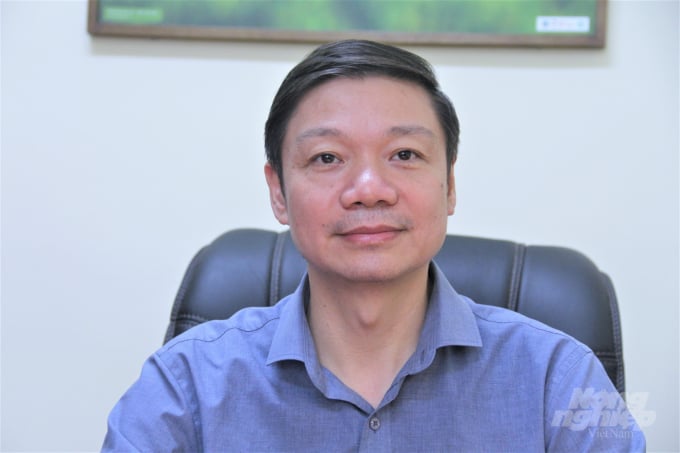
Deputy Director General of the Department of Forestry, Mr. Tran Quang Bao. Photo: Pham Hieu.
Currently, acacia is one of the key production forest trees in Vietnam. However, reality shows that the development of acacia trees still faces many challenges. To find sustainable and high-value directions for acacia trees in the future, Deputy Director General of the General Department of Forestry Tran Quang Bao shared with the Vietnam Agriculture Newspaper.
Can you evaluate the position of acacia in the forestry sector currently as well as the problems that this tree is facing?
By the end of 2021, according to local statistics, in the structure of species planted in production forests, acacia covers an area of over 2.2 million hectares, accounting for 60.1%; eucalyptus covers over 330,000 ha, accounting for 9.08%; pine covers over 250,000 ha, accounting for 6.82%; rubber covers over 222,000 ha, accounting for 6.02%; The remaining tree species cover nearly 665,000 ha, accounting for 17.98%.
From these statistics, it can be seen that acacia is the main production forest tree in Vietnam currently due to its wide ecological amplitude, suitable for planting in all ecological zones.
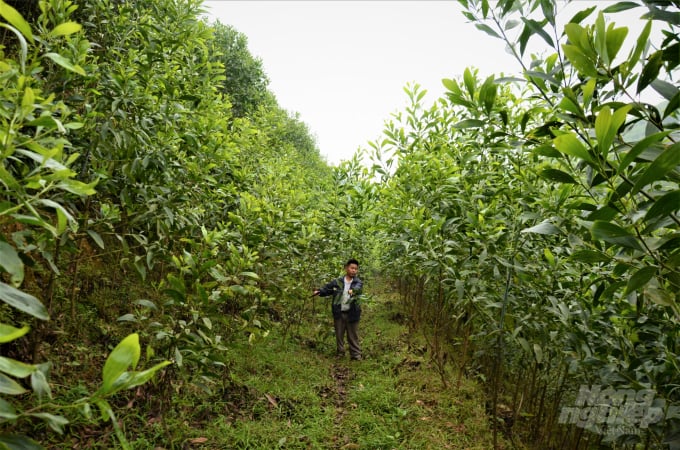
In many locations, farmers grow acacia with very high density, not following the technical process for growing acacia for wood. Photo: VAN.
Additionally, acacia is a fast-growing species, the output product is favored by the market for raw materials in processing and export. Moreover, acacia trees can grow in harsh conditions that other species cannot, quickly bringing income to organizations and individuals planting forests, so it is very suitable for forest growers, especially households without long-term investment capital.
In recent years, total export value of wooden furniture and non-timber forest products has increased rapidly. In 2021, exports reached nearly 16 billion USD. One of the factors contributing to the increase in export value is the fact that Vietnam is gradually becoming self-sufficient in raw materials for processing.
Specifically, domestically planted forests can provide over 70% of raw materials for woodworking, in which acacia plays a key role. Acacia trees have also contributed to creating jobs and generating income for farmers.
In terms of ecology, if planted correctly, acacia will improve the soil. With research by scientists, dozens of acacia varieties with outstanding yield, adapting to different site conditions have been recognized and grown nationwide with a wide margin. Thereby bare land and hills can be greened, increasing the forest cover of Vietnam.
In the past, acacia has always been identified as one of the main and key crops of our country with many outstanding characteristics, has an increasingly stable and growing market for domestic consumption and export, in accordance with the actual production conditions of the people.
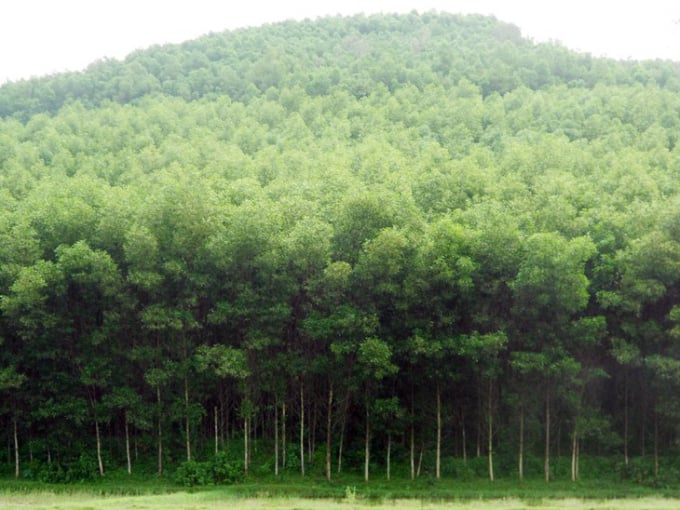
Acacia has always been identified as one of the main crops of our country. Photo: VAN.
However, with a wide ecological margin and relatively low production costs, acacia is widely grown in many parts of the country, which is one of its current limitations. In some localities, the development of acacia trees does not come with technical instructions, leading to farmers planting seeds of unknown origin, resulting in poor growth and low economic efficiency.
In addition, densely concentrated afforestation on overly steep terrain, locations with high risk of breakage, accompanied by improper acacia planting methods will lead to landslides or damage to soil.
Presently, farmers tend to grow acacia with a short cultivation cycle, planting small wood for cutting. Especially in the central coastal strip, people plant acacia trees with a very thick density, in only about 5-6 years, they have been exploited by the method of "total cutting", then burned the vegetation completely, so the quality of the soil degraded, leading to a decrease in productivity as well as economic efficiency in the following plantings.
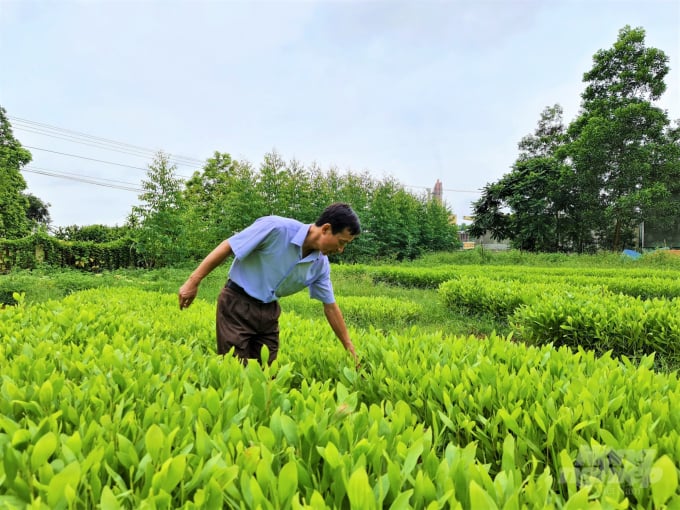
The quality of acacia seeds currently still has many problems that need to be improved. Photo: TL.
Accordingly, in addition to seed management, localities also need to propagate so that people can plant forests following the correct techniques, use seeds of the right origin and ensure quality to contribute to environmental protection and improve the economic value of acacia. For example, when planting large timber forests, prolonging the cycle will help the root system to penetrate deeper. Non-comprehensive-combustion engineering measures will improve the protection capacity and regenerate the productive capacity of the land.
The system of legal documents clearly stipulates technical guidelines as well as standards in acacia plantation. However, from the technical instructions in the document to implementation and practical application, participation from the local advisory agencies in the implementation of afforestation programs is required.
Additionally, localities need to plan specific areas of production and protection plantations. At the same time, afforestation must be accompanied by raw material areas and processing plants to increase economic value. Processing factories purchasing raw materials can also participate in the production value chain to ensure a stable and long-term supply of raw materials.

Demand for acacia trees has led to substandard seed production facilities, with people planting spontaneously, not following local recommendations. Photo: VAN.
In the future, what orientations and solutions will the General Department of Forestry have to develop acacia in a sustainable way, sir?
In the future, acacia will still be identified as a key crop to provide raw materials in the forestry sector. Accordingly, acacia seeds will be continued to be researched, tested to find high-yielding varieties that can adapt to many different harsh site conditions to serve as protective forest plantations as a pioneer tree, gradually replacing native trees.
As for management, the General Department of Forestry will coordinate with local agencies in propagating and disseminating legal documents to the people; promote advice to the people on acacia planting methods with correct techniques and measures to treat vegetation after cultivation, ensure the recovery of the soil and ensure the protection capacity of the acacia forest.
Additionally, to improve the value chain according to the Vietnam Forestry Development Strategy for the period of 2021 - 2025, with a vision towards 2050, the General Department will promote large timber plantations with the support of the State and businesses to improve productivity and protection capacity of acacia forest.
Furthermore, the General Department will develop and plan areas for processing and purchasing forest products to accompany businesses and farmers in long-term production as well as improve production value, avoiding massive planting in areas with high slopes, reducing economic value and affecting the environment.
The orientation of the forestry sector in the future for acacia is to continue to select and create trees with high yield, superiority and adaptation to many ecological conditions. At the same time, continue in-depth research, select and create other types of trees to diversify crops, diversify sources of raw materials, give priority to indigenous plants with high protection value that can adapt to local ecological conditions”, shared Mr. Tran Quang Bao.
Translated by Nguyen Hai Long
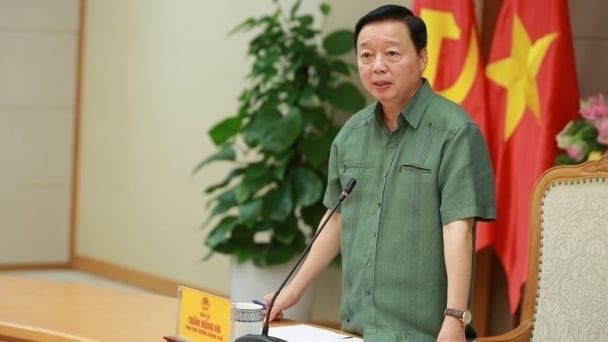
(VAN) Vietnam's draft amendment to Decree No. 156 proposes a mechanism for medicinal herb farming under forest canopies, linking economic development to population retention and the sustainable protection and development of forests.
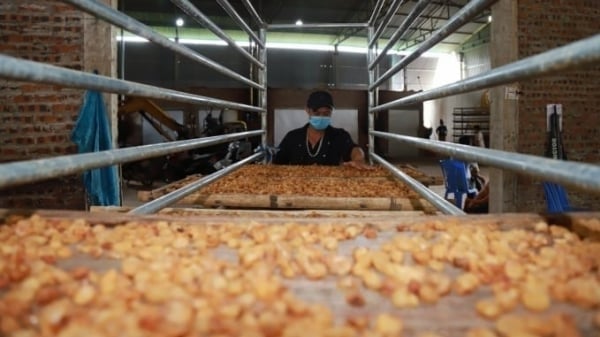
(VAN) In reality, many craft village models combined with tourism in Son La have proven effective, bringing significant economic benefits to rural communities.

(VAN) The international conference titled Carbon Market: International experiences and recommendations for Vietnam was successfully held recently in Ho Chi Minh City.
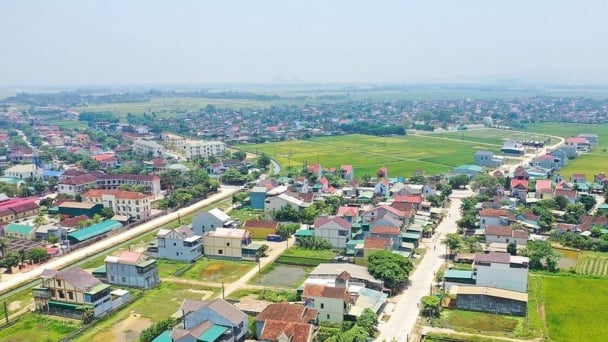
(VAN) According to the Project on rearranging provincial and communal administrative units, in 2025, the country will have 34 provinces/cities, 3,321 communes, wards, and special zones, and no district-level organization.
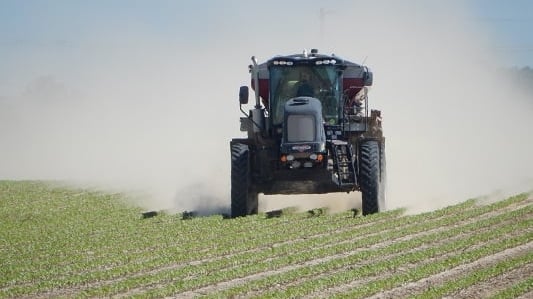
(VAN) The vice president of fertilizer with Stone X Group says the Trump administration’s tariffs are impacting fertilizer markets.
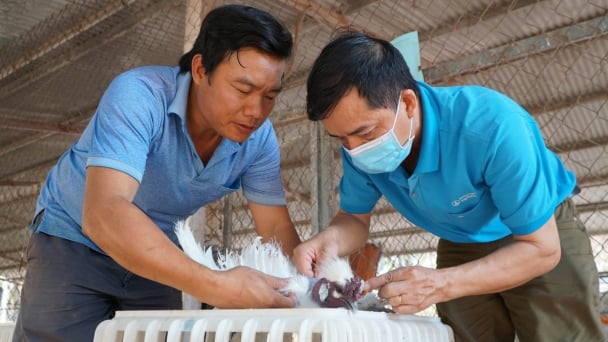
(VAN) Resolution 57 offers Vietnam a significant opportunity to narrow the global genetic technology disparity and convert its extensive genetic resources into commercial advantages.

(VAN) The Ministry of Agriculture and Environment will prioritize the implementation of five core and breakthrough solutions in science and technology, in addition to the seven groups of tasks identified in Decision No. 503.